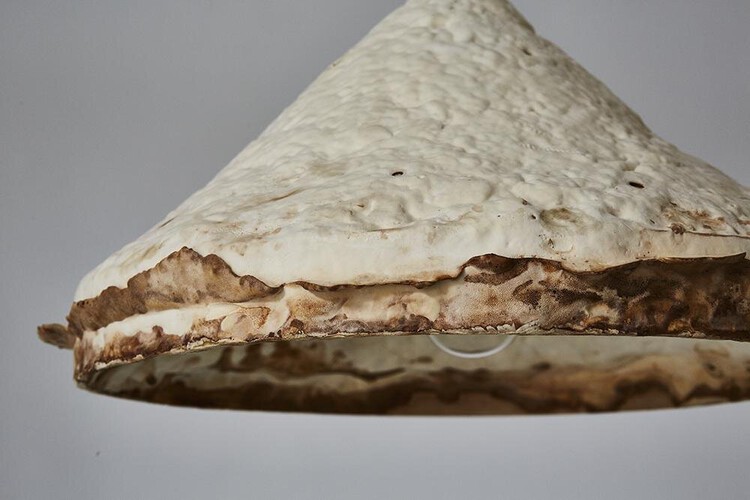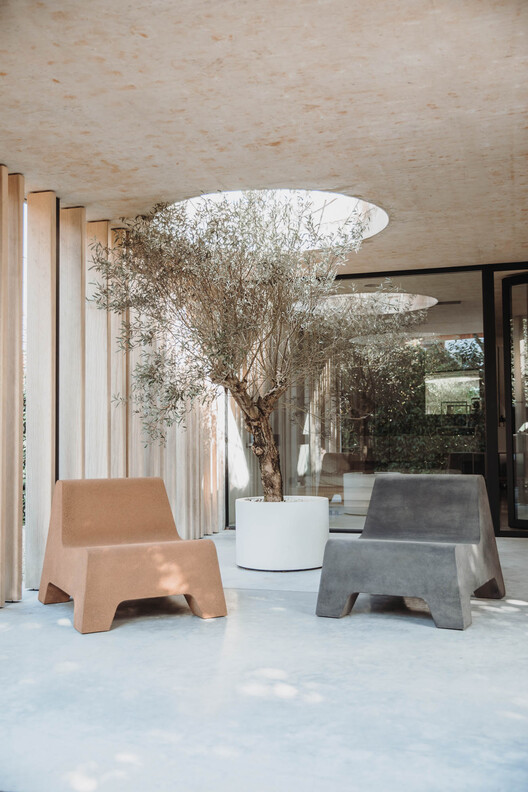
In the architectural conversations we are having in today’s world, conversations on materials are widespread. There is discussion on the viability of concrete in the contemporary context, how timber can be more sustainably sourced, and on how biodegradable materials such as bamboo should be more common sights in our urban environments.
But we also need to be talking about what goes into these buildings – that is, the furniture that decorates, enhances, and makes habitable the buildings around us. The materials used to craft these objects have constantly evolved over centuries, and as we approach the end of 2022, it’s worth asking – what does the future hold for what our furniture will be made from?
Well, the facts are, that this future does not consist of completely new materials per se. It consists of re-thinking the existing materials we use to construct furniture with, slightly re-tooling them in innovative ways.
As a naturally renewable material that is easy to forge, wood is a popular sustainable choice for making the chairs, tables, and cabinets that populate our homes, workplaces, and recreational spaces. However, a lot of the wooden furniture being manufactured and in circulation today is in fact not biodegradable. A lot of wooden furniture is coated in polyurethane – a liquid coating applied to minimize how the wood is impacted by solvents, water, and abrasion. Polyurethane, as a type of plastic, however, slows down the wood’s ability to biodegrade.

The future of wooden furniture could instead see the wider adoption and championing of plant-based oils like tung oil or linseed for coating. Approaches of furniture companies like Model No. – based in Oakland in the U.S state of California – could become more commonplace in the far future. To finish their hardwood products, bio-resins are applied, which compost more easily over time and are thus more environmentally friendly.
Wood is also present in another approach that could be more commonplace in the future – biofacture, where biological organisms are used to manufacture new materials. A 2017 project by furniture designer Sebastian Cox and interdisciplinary researcher Ninela Ivanova saw a series of lamps and stools manufactured out of wood waste and a fungal plant. As the vegetative part of the fungi grows, it binds the wood waste around frames to form compostable furniture. It’s a development that is also interesting in an aesthetic sense, but it remains unclear how it would be produced on a global scale.


But as much as designers experiment with materials ranging from lab-grown cellulose to spider silk, the future of furniture materials seems to also be heading in a direction where the cast-off and thrown-away – waste – is front and center. An armchair manufactured by Dutch company ZUIVER Group in 2019 is made up partly of coffee residue – using the waste produced by worldwide coffee consumption. Furniture brand Actiu recently launched a chair made out of 100% recycled fiberglass and polypropylene plastic – sourced from vegetable and fruit boxes from the Spanish Andalusia region.

Designed in collaboration with Italian architecture office Archirivolto Design, it’s a minimal, multi-purpose piece of furniture – and perhaps points to a future where the “mouldability” of materials will take even more precedent, as designers look to design objects that seamlessly fit in diverse contexts.
The future of what furniture is made of is perhaps best exemplified by this year’s Salone del Mobile, where multiple furniture designers and architects explored alternative materials – responding to the Salone theme of embedding environmental awareness and sustainability into furniture production. Dutch materials development company Cooloo experimented with the brief of creating long-lasting, durable furniture out of recycled materials. Their Ameba chair, designed by Hugo de Ruiter, eschews a wooden or metal frame, being cut out of a block of foam, and has multiple coating options – including recycled jeans and leather.


The future of furniture seems to be heading towards a direction where existing materials are enhanced by new ones, and where upcycling and recycling is creatively done to result in bolder, creative forms. Perhaps it is also a future of even closer collaboration between furniture designer, researcher, architect, and materials supplier, where ground-breaking material discoveries exist hand-in-hand with greater consideration of where materials come from, and where they end up.
This article is part of the ArchDaily Topics: The Future of Construction Materials. Every month we explore a topic in-depth through articles, interviews, news, and projects. Learn more about our ArchDaily topics. As always, at ArchDaily we welcome the contributions of our readers; if you want to submit an article or project, contact us.
Editor's Note: This article was originally published on












